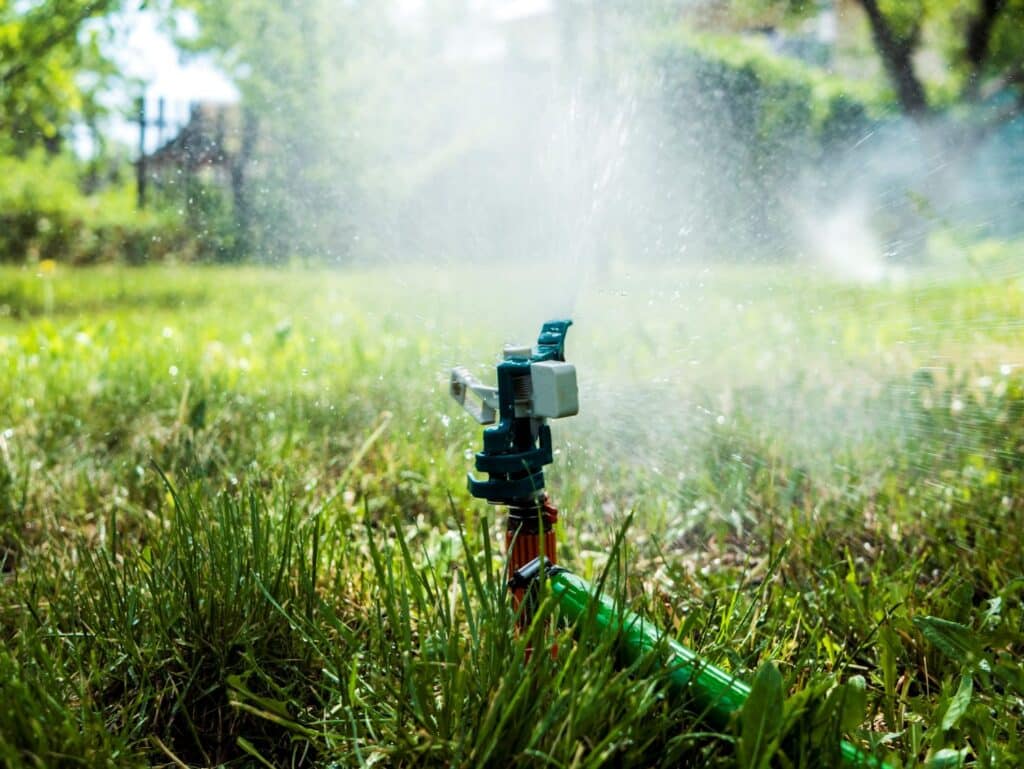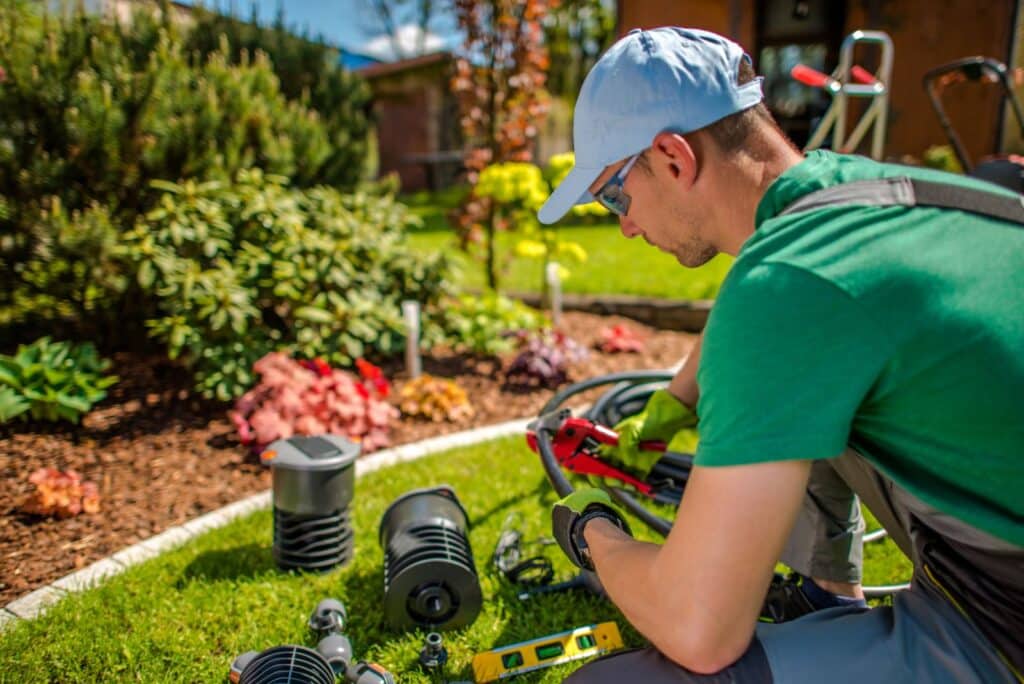Scottsdale might be known for sunshine, but it’s no secret that maintaining a vibrant yard here requires some serious strategy. That’s where landscaping in Scottsdale gets exciting—because smart irrigation is changing the game. Gone are the days of wasteful sprinklers and soggy soil. If you want a green, thriving landscape without draining your wallet (or the water supply), it’s time to get smart.
At Rising Tide Landscapes, we help homeowners and businesses across Scottsdale adopt water-wise, tech-forward solutions that align with local restrictions, HOA rules, and the realities of desert life. In this article, we’ll dig into the best smart irrigation systems in Scottsdale, from drip tech to climate sensors, and show you how to level up your yard in an eco-friendly way.
Why Smart Irrigation Matters in the Desert
In a city where triple-digit days are the norm, efficient landscape watering isn’t optional—it’s essential. Overwatering isn’t just bad for your plants—it’s a quick way to rack up high utility bills and get slapped with warnings under Scottsdale’s water-saving rules.
Smart irrigation isn’t just about gadgets; it’s about control, precision, and conserving one of Arizona’s most precious resources. And yes, it’ll save you money in the long run.
Smart Irrigation Basics: What You Need to Know
Let’s start with the foundation. What exactly makes an irrigation system “smart”? It’s all about automation and adaptability. Here are a few key components:
- Automated irrigation timers that adjust watering schedules based on seasons
- Sensor-based irrigation that monitors moisture levels in real-time
- Drip irrigation for desert plants, delivering water exactly where it’s needed
- Climate-based irrigation controls that pull local weather data to optimize use
When combined, these technologies help reduce water waste by up to 50%—no more watering your yard during a monsoon!
Drip vs. Sprinkler: The Great Desert Debate

Both systems have their place, but in Scottsdale, drip irrigation is often the winner. Why?
- It delivers water directly to the roots, where it’s needed
- Reduces evaporation and overspray
- Ideal for desert-friendly plants and trees
Water-efficient sprinklers still make sense for lawns or high-traffic green zones, especially when paired with smart controllers that adjust to weather patterns. But overall, drip is king when it comes to water-saving landscaping in Scottsdale.
How to Design Your Smart Irrigation System
Designing a smart irrigation system isn’t just about plugging in a few sprinklers and calling it a day—it’s about strategy, zoning, and efficiency tailored to Scottsdale’s arid climate. Here’s how it really works:
1. Start with a Site Assessment
Begin by evaluating your landscape. Walk the property and identify different zones based on plant type, sun exposure, and slope. A shady flower bed needs far less water than a sun-drenched patch of turf. Scottsdale yards often include drought-tolerant species, succulents, and decorative gravel, so knowing what needs water—and what doesn’t—is critical.
2. Map Out Irrigation Zones
Once you’ve identified zones, draw a rough layout of your yard and label these areas. Group similar plants together to ensure you’re not overwatering or underwatering one section. Use this map to plan where your sprinkler heads, drip lines, or micro-sprayers will go. Smart irrigation thrives on zoning—especially when you’re balancing lawn areas with desert-friendly xeriscaping.
3. Choose the Right Smart Components
Next, select components that fit your yard’s unique conditions.
4. Test, Program, and Adjust
Once installed, run a full test. Check water pressure, look for overspray, and fine-tune the system based on your zones. Program your controller for seasonal adjustments, and don’t forget to update settings every few months. Smart doesn’t mean set-it-and-forget-it—it means fine-tuned and responsive.
HOA-Approved Solutions
Worried about compliance? Many Scottsdale HOAs now approve smart irrigation systems because they align with city and state water-use goals. Just make sure your controller, emitters, and layout follow HOA guidelines—especially if you’re planning a visible retrofit.
Common Smart Irrigation Mistakes to Avoid
- Not zoning correctly: Don’t mix succulents and grass on one-timer.
- Skipping regular inspections: Clogged emitters or damaged lines can go unnoticed.
- Ignoring seasonal adjustments: Even innovative systems need fine-tuning sometimes.
Work with landscape design professionals who know Scottsdale’s climate and soil challenges for the best results.
Let’s Get Smart—Together

Whether you’re upgrading an old system or designing a new one from scratch, Rising Tide Landscapes is here to help you take control of your landscape—and your water bill. From low-water landscaping tech to full irrigation makeovers, our experts deliver efficiency with style.
Let’s talk sensors, scheduling, and sustainability—your landscape deserves it.
FAQ: Scottsdale Smart Irrigation Edition
Can smart irrigation work with existing landscaping setups?
Absolutely. Many smart systems retrofit existing sprinklers or drip lines. You can upgrade your controller and sensors without a full system overhaul. Just make sure your current system is in good shape to begin with.
What maintenance does a smart irrigation system need?
Minimal, but it is still essential. Check emitters for clogs monthly, inspect controllers seasonally, and keep an eye on sensor batteries. Annual check-ups from a pro can extend your system’s life and performance.
Up Next: Desert Design Pitfalls
Now that your irrigation is smart, let’s make sure your overall plan is, too. Don’t miss our next article: Mistakes to Avoid When Creating a Desert Landscape in Scottsdale.